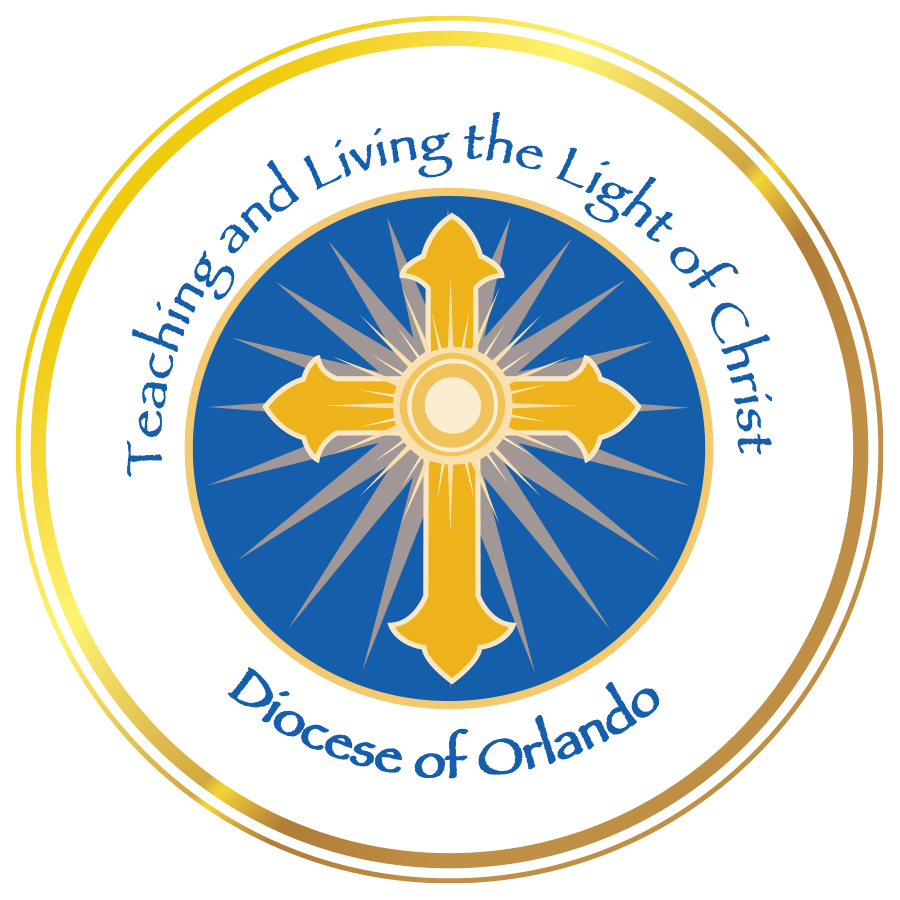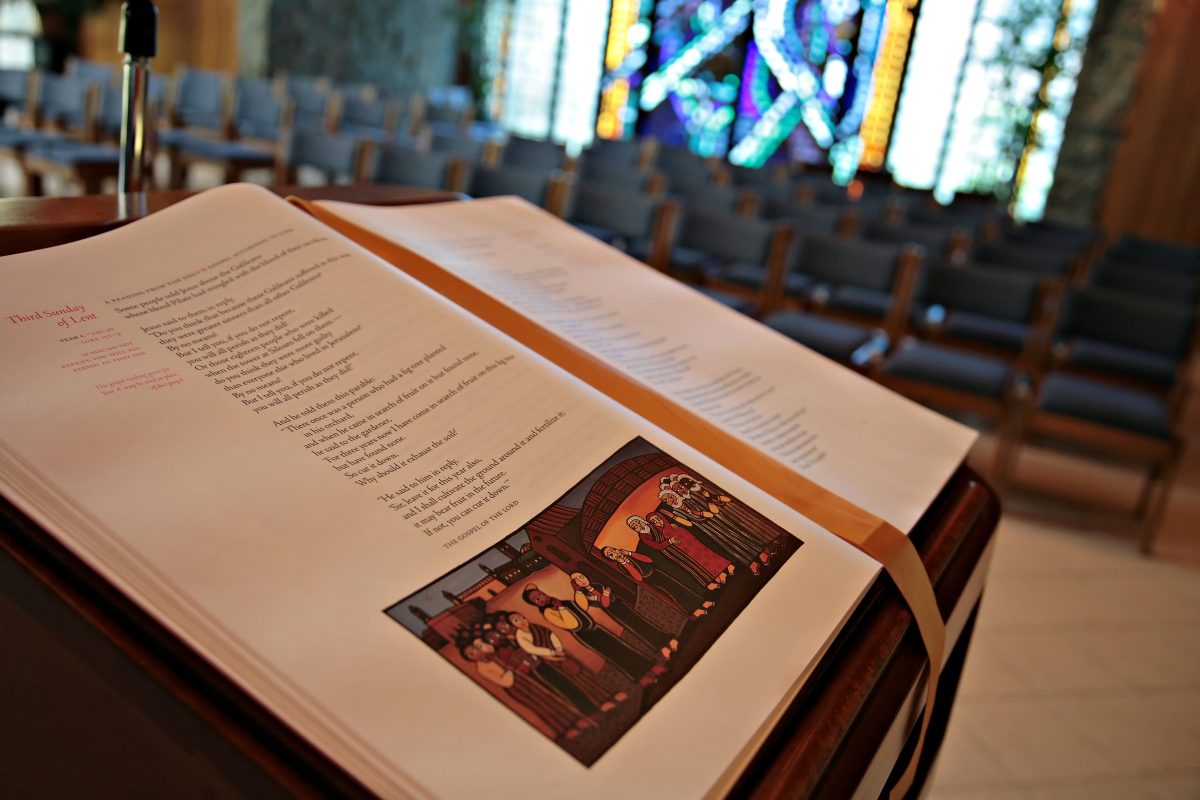One of the greatest gifts the Second Vatican Council offered the Church is a deeper appreciation for and exposure to the Bible. To open the treasures of Sacred Scripture more fully, and to allow Catholics gradually to become more familiar with the texts of the Bible, the Liturgy of the Word on Sundays follows a three-year cycle, while on weekdays, we follow a two-year cycle. In the Sunday three-year schema, each year’s cycle primarily draws its Gospel readings from a single Evangelist, e.g., Year A St. Matthew, Year B St. Mark, and Year C St. Luke.
 However, during the principle seasons of the Church calendar and the Sundays of Easter, we experience the Gospel of St. John.
However, during the principle seasons of the Church calendar and the Sundays of Easter, we experience the Gospel of St. John.
Normally, the First Reading on Sunday is taken from the Old Testament, with exception during the Easter Season, when the reading is drawn from the Acts of the Apostles. This reading is most often directly related to the Gospel passage to be proclaimed.
During the two weekday cycles, the First Reading may be drawn from either the Old Testament or the Letters of the New Testament.
The Second Reading on Sundays always comes from the New Testament letters, and while at times complementary to the other Scriptures, it infrequently is directly related to the others. However, this reading contains much practical wisdom for what it means to live daily as a disciple of Jesus.
We attend to the richness of the Word of God in worship because God is truly present to us in God’s Word. As the Constitution on the Sacred Liturgy proclaims, “it is He himself who speaks when the Holy Scriptures are read in Church.”
By Father Benjamin Berinti, C.PP.S., pastor Immaculate Conception, Melbourne Beach and St. Joseph’s Parish, Palm Bay, November 22, 2022

